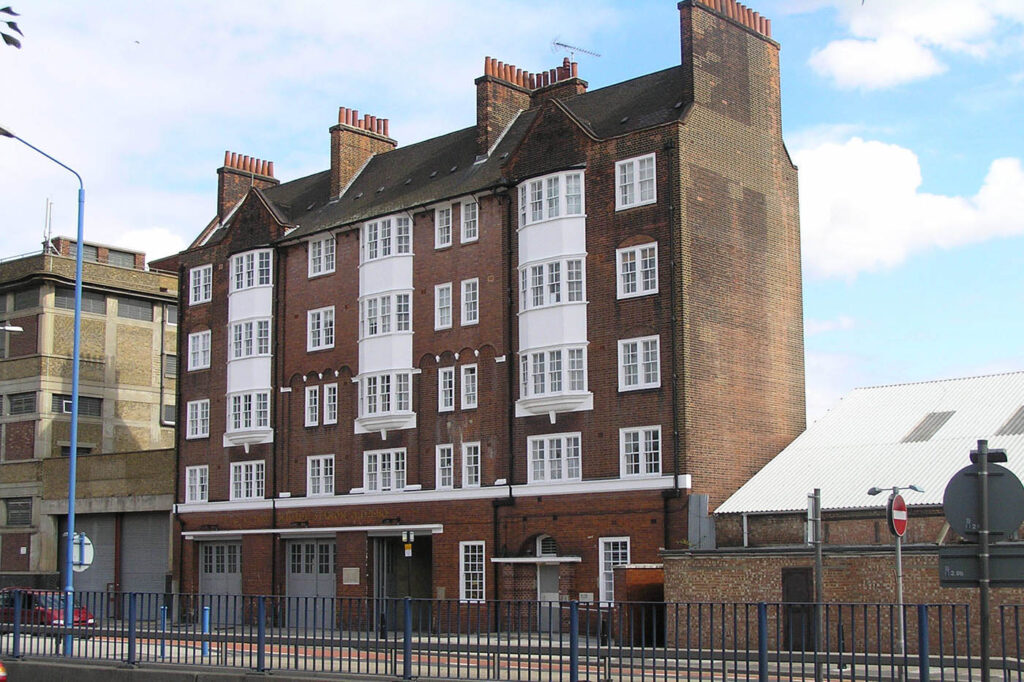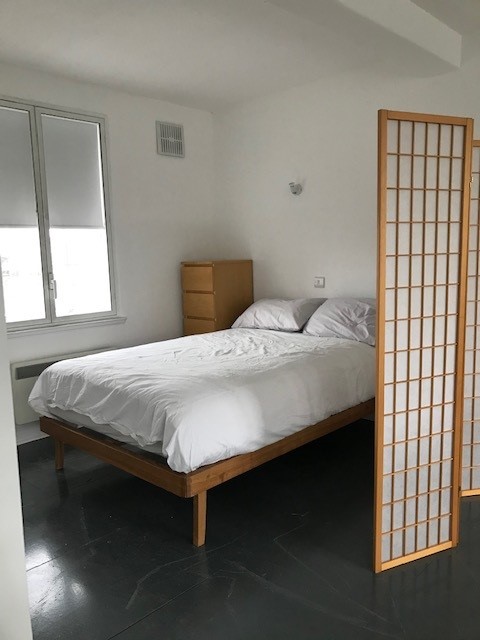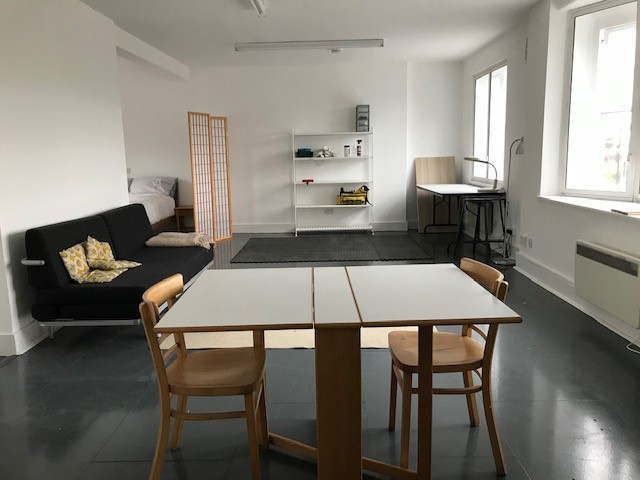
Acme, London
Finnish visual artists will spend three months in a work/live studio at the Fire Station in east London. The residency will provide the artist with the opportunity to undertake research and build professional networks in the city, as well as engaging with Acme’s artist communities.
Exterior Fire Station © Acme Archive

You may apply for:
- One working grant for a three-month residency for individual artists or a partnership of two artists
- Working period: 14 September to 18 December
- The working grant amounts to €8000 per three-month residency
- The amount of travel grant depends on the selected means of travel; see further information from the application guidelines
- The residency takes place at Acme’s Fire Station building in Poplar, east London
- Acme’s website
London-based charity Acme has been supporting artists in need since 1972. Over this time, it has provided thousands of artists with studios, work/live spaces and a programme of support for artists through residencies and awards. Each year, Acme supports over 800 individual artists across 16 buildings.
Acme has hosted international artists in residence at the Fire Station for almost thirty years. Built in 1910, the upper four floors were originally designed as twelve firemen’s flats and have been converted into artists’ work/live studios.
The resident will join a community of eight UK artists on three-year tenancies and four international artists on residencies from countries such as Switzerland, Malaysia, Ukraine, South Korea or Australia.
They will have their own 50sqm self-contained studio, with a large open-plan room which can be used flexibly as an artist’s studio/living space, plus a bedroom, bathroom and kitchen.
The resident will receive a personalised professional development programme, including introductions to artists, curators, writers and other experts in London to provide mentoring or skill/information sharing.
There are optional group professional development opportunities with other Acme residency artists. Activities respond to the artists’ art practice and professional needs, and can include studio visits, critical discussions, gallery tours and organised social events.
When applying as a working pair, both members of the partnership are provided with separate working grants. The grantees will share the accommodation.



